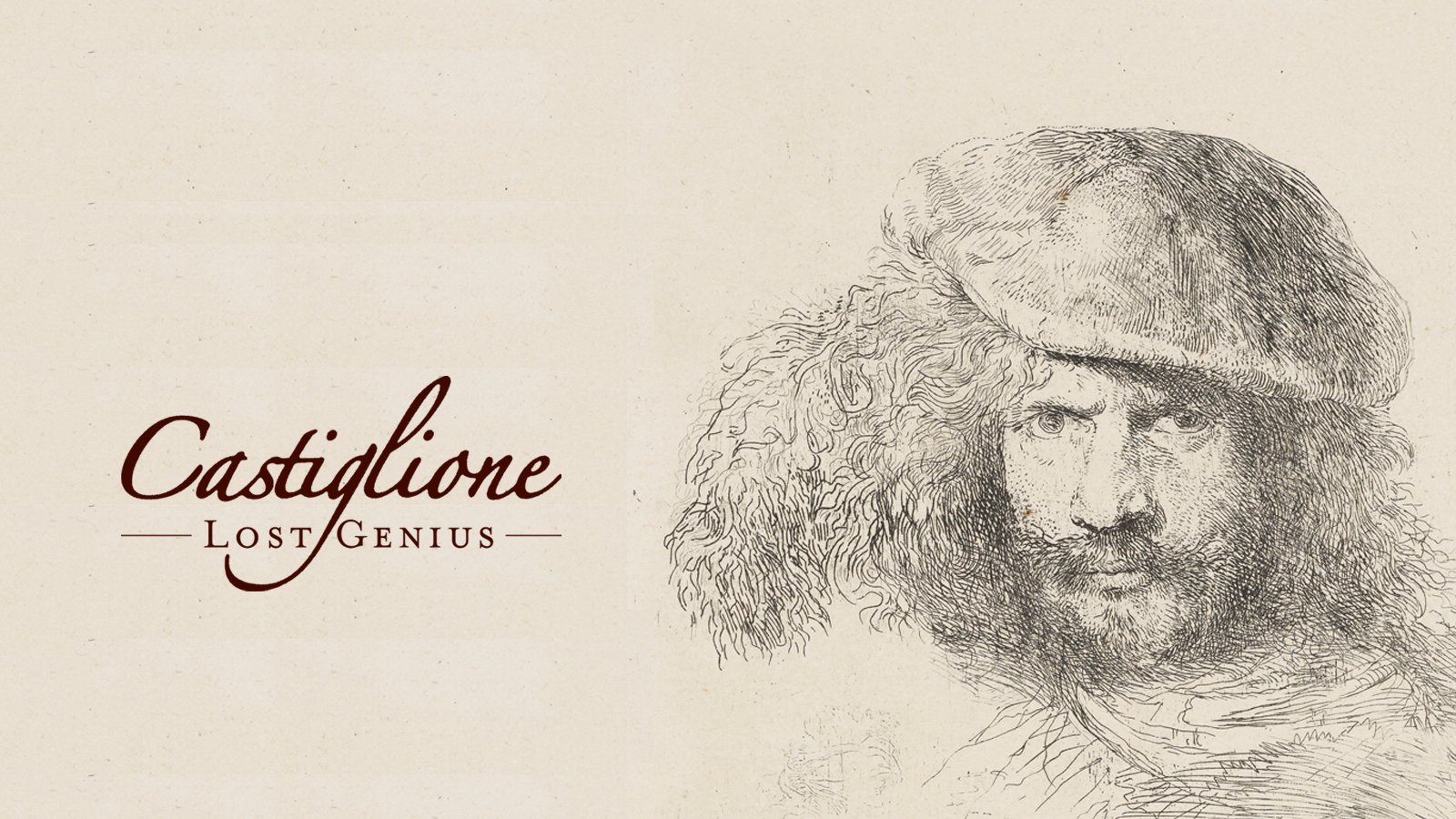
GIOVANNI BENEDETTO CASTIGLIONE (1609-64)
Juno Seeking from Jupiter the Gift of Io Transformed
c. 1637-40RCIN 403235
Ovid’s Metamorphoses recounts the myth of the princess Io, seduced by the god Jupiter in the form of a cloud. Suspecting his infidelity, his wife Juno descended to earth in her chariot drawn by peacocks; in an attempt to conceal his wrongdoing, Jupiter hurriedly transformed Io into a white cow. But Juno was not fooled, and feigning ignorance, she asked Jupiter for the beautiful animal as a gift. Jupiter was in no position to refuse.
Juno put Io under the watch of the hundred-eyed Argus, to keep her from Jupiter’s clutches. But the god sent his messenger Mercury to recover the cow. With stories and the sound of his pipes, Mercury lulled Argus to sleep, then with one blow struck off his head. In fury, Juno took Argus’s eyes and set them into the tail-feathers of her peacocks, where they remain to this day.
Castiglione’s painting is remarkably faithful to the details of this rarely depicted myth. We see Jupiter reclining on the cloud, his right arm resting on his eagle; Io with her gleaming white coat; Juno’s peacocks perched on the crest of her chariot; and in the distance, Mercury playing his pipes before the seated Argus, with the transformed Io shown a second time.
Paintings like this were not merely decorative: they had a social function too, and Castiglione’s patron would have enjoyed showing the painting to his cultured friends, who would have been familiar with Ovid’s tales.
Relatively few of Castiglione’s paintings are to be found outside Italy. This canvas was bought by George III in 1762 as part of the collection of the British Consul in Venice, Joseph Smith (together with all of the drawings in this exhibition). It was at that time attributed to Castiglione, but a gradually darkening layer of varnish led scholars to discount the attribution and describe it simply as ‘Genoese School’.
Recent cleaning of the painting has revealed its high quality and reconfirmed the traditional attribution to Castiglione. The figure of Juno had been repainted at an early date to ‘correct’ her proportions, altering her profile, and her chariot had inexplicably been painted over. With the dark varnish gone, we can now see the artist’s scintillating brushwork in the figures of Jupiter and Io, and the softer, more poetic treatment of the background, emulating the rich, Venetian-inspired tones of Nicolas Poussin’s paintings of the late 1620s.







